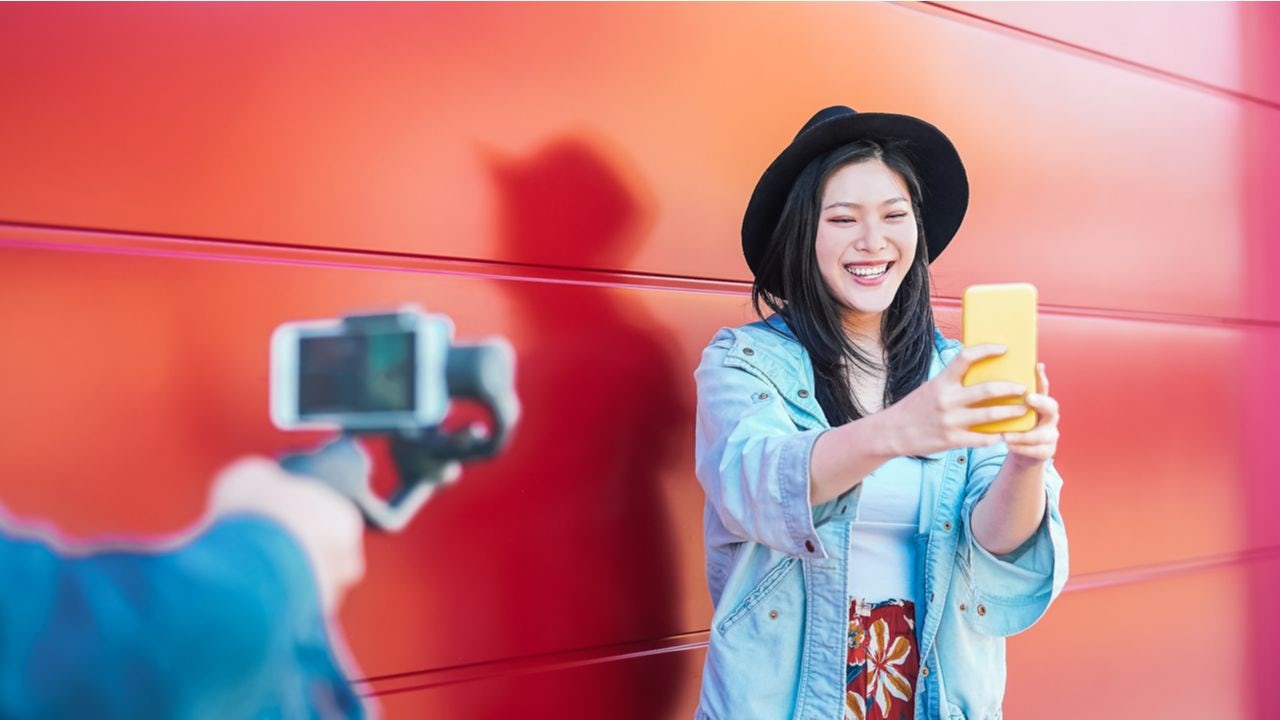This post originally appeared on Content Commerce Insider, our sister publication on branded entertainment.
For most brands, short-form videos have been tough to execute, to say the least.#
They're a great fit for those that can get their point across in a poignant, humorous, and visual way. But that’s not too many brands.
Bilibili#
is young China in a nutshell. The platform's average monthly paid users skyrocketed from 3 million in mid-2018 to 12.9 million by June 2020.
Some 80% of Bilibili’s users are young Chinese under the age of 25. More than 60% have a university degree and over half are based in first- and second-tier cities. The platform has been leveraging two big Chinese trends to fuel growth. For brands looking to diversify ad placements away from display ads — knowing full well that branded content is 22 times more engaging than display ads — Bilibili offers an opportunity.

Trend one: Increased willingness to pay for digital content#
China's paid digital content market is expected to grow from 700 million in 2016 to 3.45 billion by the end of this year. Paid content in China is generally priced at more affordable levels than in the United States.
The move towards paying for content represents a major shift in a region where piracy once ran rampant. But official crackdowns on unauthorized content (more than 3,000 websites were shut down last year), have made it much harder to obtain illegal downloads, often requiring an (also illegal) VPN. Meanwhile, legal content has gotten much cheaper —
Tencent Video#
only charges about 2 a month for its premium subscribers, and there are frequent deals to be had with bundled memberships with partners in other areas such as retail. (See CCI’s Guide to Streaming Platforms in China for more on that.)
The trend has even trickled down into paid podcasting.
Ximalaya#
, China's biggest podcast platform, has about 500 million users, who spend an average of 150 minutes per day on the app. Creators can choose to offer recurring subscriptions or one-off purchases for exclusive content. By 2019, Ximalaya reported that it was earning more from paid content than from ad revenues, with an average of 13 per user per month. Younger users seem to be more inclined to pay for content, with over 80% of Ximalaya users under the age of 35.
Millennial and Gen Z Chinese consumers pay for content. Surprised? Me too. But virtual gift-giving (also called direct tributes, 打赏/贊助) was a big reason why entertainment livestreaming initially took off. With digital payment systems already super-embedded in China's apps, users don't have to resort to third-party services (such as
Patreon#
) to support their favorite creators. They can do so natively in most apps. On Bilibili, for example, viewers can offer financial support through the platform’s "charging" feature.
Trend two: Chinese users are looking for long-form#
Bilibili is unique in that it is the only Chinese platform that could be positioned as China's answer to
YouTube#
. Professional user-generated content (PUGC) is its bread and butter — accounting for some 90% of content views.
YouTube's overhead is much, much lower than
Netflix#
’s — one has user-generated content and the other does not. Similarly, China’s major video streamers —
iQiyi#
,
Youku#
, and
Tencent Video#
— either produce or license their content, with very little of it user-generated.
Short videos have boomed via
Douyin#
and
Kuaishou#
in China, and on
TikTok#
and
Instagram#
overseas — but there are three content pillars where Bilibili shines: lifestyle, gaming, and education, and these are more amenable to longer video formats.
A big part of why YouTube has such high retention is that it's a place where users have created content to teach just about everything. From coding to cooking to DJing, video lends itself well to answering “how-to” queries, but it’s tough to offer truly educational content in a thirty-second video. The same goes for Bilibili. When the Covid-19 outbreak closed schools and sped up the online learning initiatives, Bilibili became an official course provider in Shanghai as schools started back online in March.
The platform also started streaming courses from Tsinghua and Peking University, China's most prestigious institutions of higher education. In addition to the streaming courses, livestreamed "study sessions" have also become popular, with more than 20 million Bilibili users joining to watch virtual companions (livestreamers) engaged in course work while they study alongside them, often using the hashtag #StudyWithMe.
In May 2020, lifestyle content (fashion and vlogs) overtook gaming and anime for the first time to become the number one content category on the platform. Bilibili's ranking of most popular content also shows that beauty and fashion-related videos are amongst the highest ranked videos.
Moving beyond short-form video#
Long-form content has shown to be more suitable for building credibility for high-end products, such as luxury, where customers need more information to make purchase decisions. With Bilibili growing as a place for mid-length content, brands can look forward to collaborating with local influencers in a more meaningful way — one that extends beyond thirty seconds.


